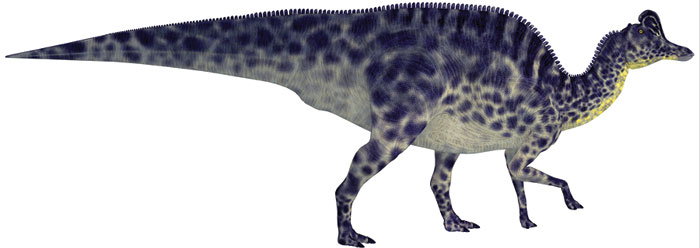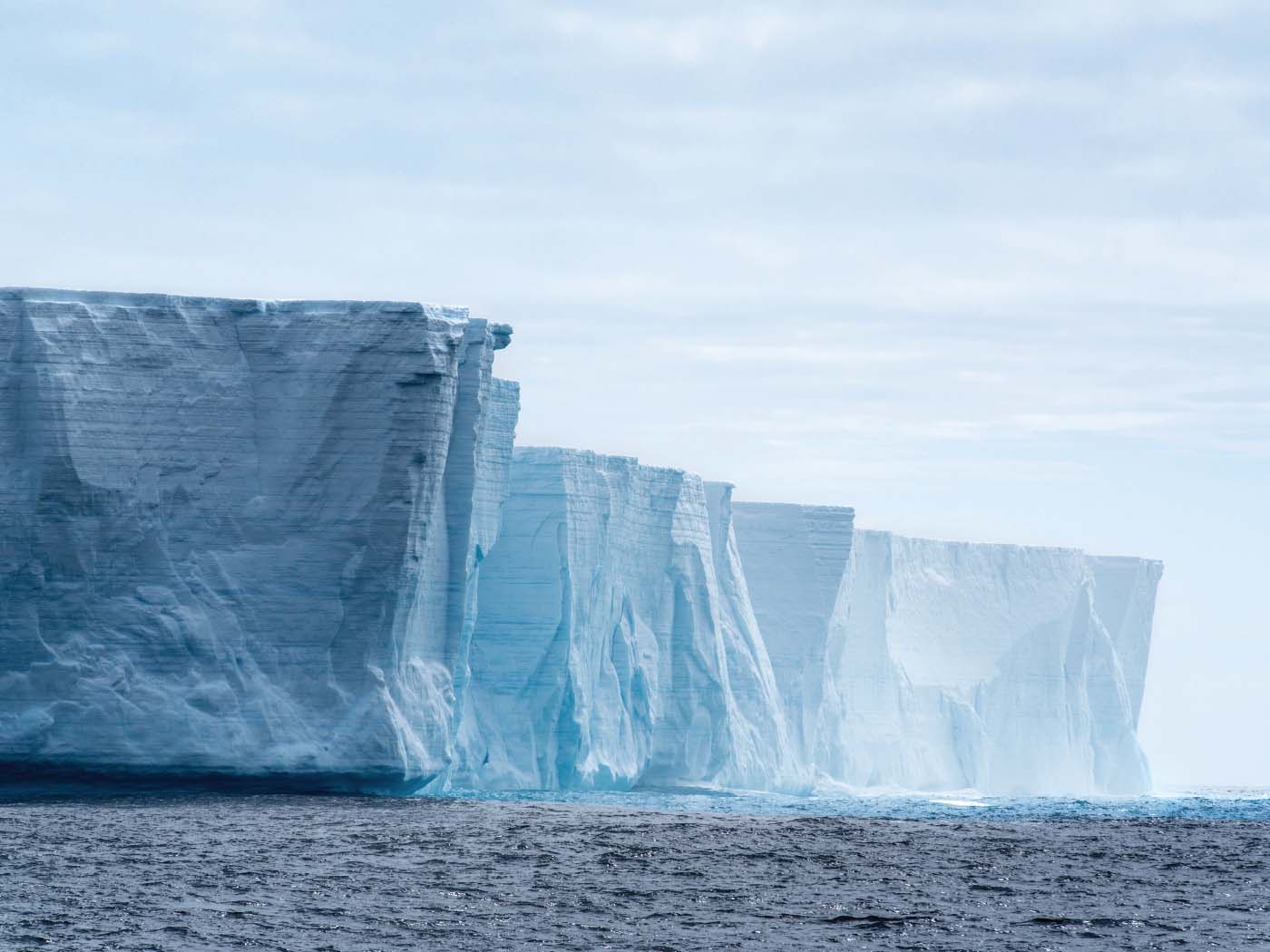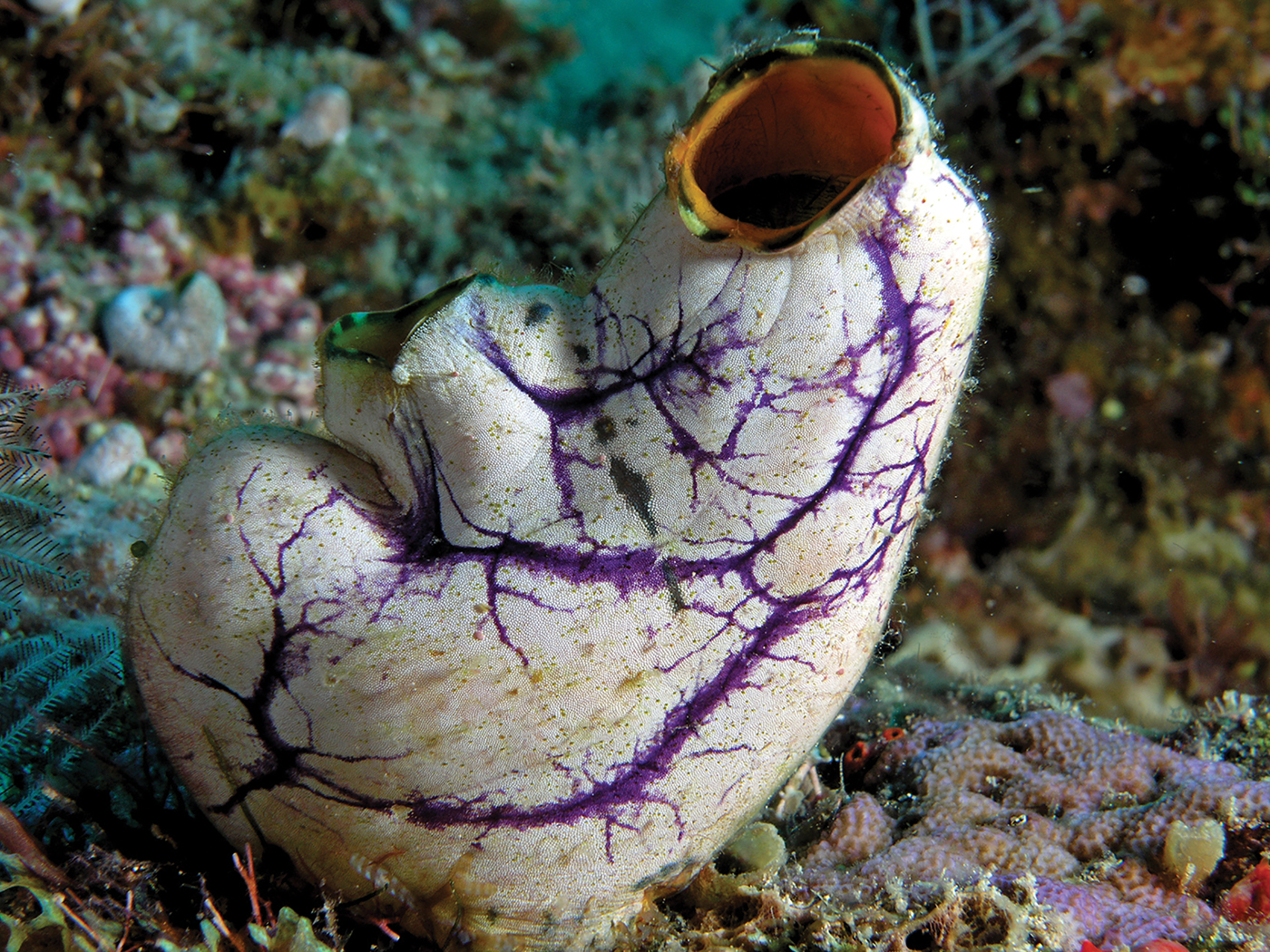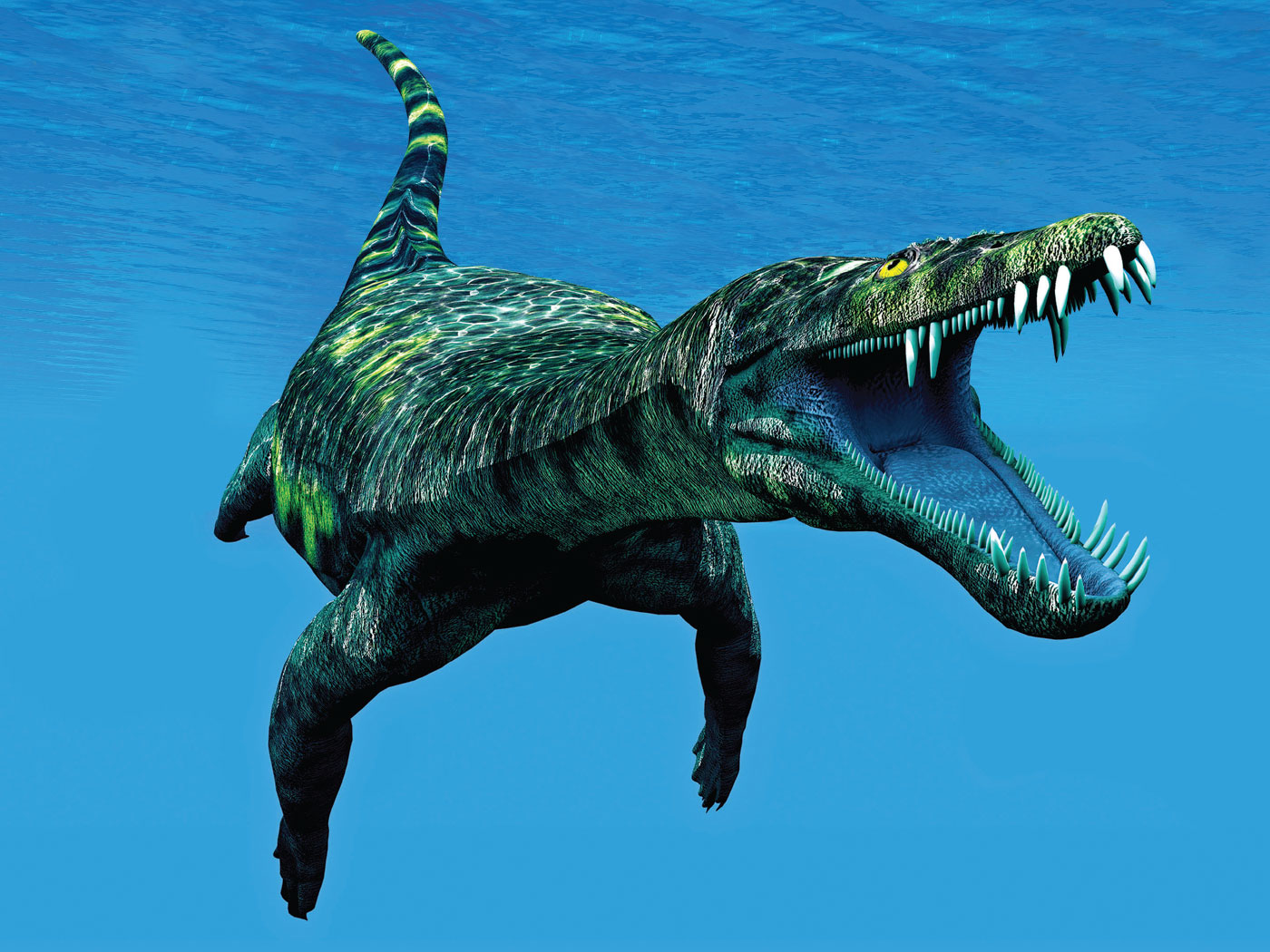Scientists keep finding short-lived biochemicals and even soft tissues in fossils! Over the years, they have found unmistakable evidence of specific proteins like collagen and hemoglobin, and even what look like red blood cells and bone cells, in dinosaurs and other fossils.1 Most soft-tissue structures occur as mineralized remains that preserve merely an impression or outline, but a few preserve decayed remnants of the original cellular structures. These original structures should be long gone after about one million years. A new report of intact blood vessels in a duck-bill dinosaur bone pinpoints ways that such discoveries challenge old ideas about fossils.
A team of biomedical and earth scientists first chemically removed everything but the blood vessels from deep within the dinosaur bone.2 They found 10 proteins, including tubulin, actin, myosin, tropomyosin, and histone H2A. A chemical analyzer read sequences of amino acids in each protein—like reading each word in an essay. They found enough similarities between the dinosaur proteins and those of reptiles and birds to conclude they were from a real animal, but enough differences to suggest that it was an extinct animal, like a dinosaur.
These dinosaur protein sequences help answer two key questions. First, did fungus or bacteria produce structures that masquerade as blood vessels? Well, bacteria don’t even make these proteins. They’re ruled out. And no known fungus makes hollow, branching tubes, so that rules them out, too. That means these are real dinosaur blood vessels.
This leads to a second question: Can real blood vessels last 80 million years? Definitely not, and here’s why. Scientists have measured decay rates for collagen and DNA, but not for these 10 specific dinosaur blood vessel proteins. Studies show collagen should last no more than about a million years if kept cold.1 Do these other proteins show scientific evidence that they could last many times longer than collagen, given ideal conditions? Chemistry shows just the opposite.
For example, consider one of the duck-bill dinosaur proteins called beta tubulin. The team found that it contained chemically stable amino acids like glycine and valine. These could last a very long time, but the protein’s aspartic acid and methionine remain ready to react. Organic chemists have watched batches of aspartic acid react quickly and easily with available oxygen, and methionine readily reacts with oxygen to form methylsulfoxide.
These standard chemical breakdowns eventually turn blood vessels into gooey puddles. But scientists found methionine and un-reacted aspartic acid inside dinosaur blood vessels—not gooey puddles. Thus, even though we don’t have specific decay rates for proteins like tubulin or actin, the amino acids that make them up—also found in collagen—should decay at least as fast as collagen.3 Because no empirical study has demonstrated that a protein could last much beyond a million years, these researchers supported their belief in deep time with faulty logic instead of science.4
Blood vessels in dinosaur bones look young. Why? Because they are made of proteins with short-lived amino acids that look like they have not been around long enough to completely react with oxygen. This good science again confirms Scripture’s account of a recent creation.
References
- Thomas, B. 2014. Original-Tissue Fossils: Creation’s Silent Advocates. Acts & Facts. 43 (8): 5-9.
- Cleland, T. P. et al. 2015. Mass Spectrometry and Antibody-Based Characterization of Blood Vessels from Brachylophosaurus canadensis. Journal of Proteome Research. 14 (12): 5252-5262.
- A separate study showed that blood puree preserved vessels at room temperature for several years. Although this verified that iron from the blood inhibited microbes that degrade blood vessels, it inadvertently showed that iron failed to convert blood-vessel proteins into a more time-resistant chemical. See Thomas, B. Can Iron Preserve Fossil Proteins for Eons? Creation Science Update. Posted on icr.org June 23, 2015, accessed December 8, 2015.
- Cleland et al. wrote, “Application of these approaches to other fossil specimens, derived from both Mesozoic and Cenozoic deposits, will further identify the types of proteins likely to persist into deep time, or, more specifically, will identify particular functional groups or molecular characteristics that increase preservation potential.” Well, of course these proteins last through “deep time” if one assumes they were buried 70 million years ago. But this circular argument ignores powerful evidence that blood-vessel proteins could never last that long.
* Mr. Thomas is Science Writer at the Institute for Creation Research.




















